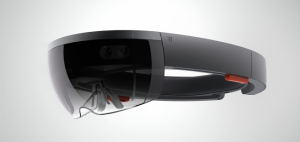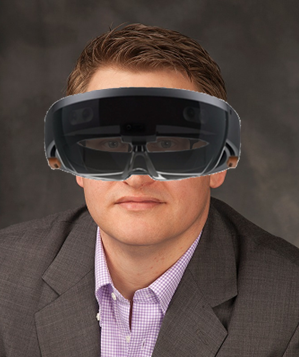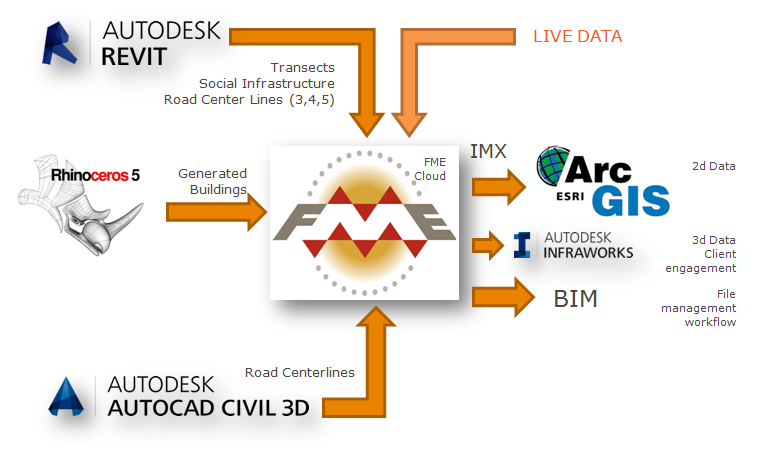What Microsoft’s HoloLens Means to the AEC Industry


 Today’s guest blogger is Greg Schleusner. Greg is an architect and the Director of buildingSMART Innovation at HOK, the largest US-based architecture engineering firm. Around a year ago, Greg started using FME to help facilitate a better urban planning workflow to help HOK’s 40+ different project groups and 150+ different software applications work together more smoothly.
Today’s guest blogger is Greg Schleusner. Greg is an architect and the Director of buildingSMART Innovation at HOK, the largest US-based architecture engineering firm. Around a year ago, Greg started using FME to help facilitate a better urban planning workflow to help HOK’s 40+ different project groups and 150+ different software applications work together more smoothly.
 When I was asked by the folks at Safe to provide some comic relief (professional insight) into how the new Hololens from Microsoft could be used in the AEC industry I must admit that I was a bit lost in the future. What’s the connection between Safe and such a perfect future?
When I was asked by the folks at Safe to provide some comic relief (professional insight) into how the new Hololens from Microsoft could be used in the AEC industry I must admit that I was a bit lost in the future. What’s the connection between Safe and such a perfect future?
Dreaming of a far-off future is something that I’m prone to do, both professionally and personally. I have even committed two blog posts to a far-off vision of 2077 and the humorous results that I see ensuing from some of technology’s current trajectories. (Maybe this post will prompt me to continue with the recall notice post that has been marinating in my head for two years. I digress.)
The HoloLens meets AEC
Back to being lost in the future. When I first saw the Hololens I immediately saw how the AECO industry could benefit, assuming the technology is successfully implemented.
- Designers manipulating models with their hands in the context of a physical model or looking at the real site.
- Manufacturers able to deliver installation instructions to contractors on site.
- Facility managers seeing live data overlays on the physical equipment they were maintaining.
Numerous other scenarios come to mind as well. In all of these views into the future, information is seamlessly overlaid and available to the wearer. The potential experience seems so compelling.

Then I was struck by how I was actually envisioning a far off future, not one that could be delivered within the next year or two. This shocked me back the reality of today.
One of the main challenges we have in the AEC industry is that our reality is exactly opposite of this future vision. Data is in silos, often stuck in monolithic BIM files, hidden in one of hundreds of Excel files, hosted on someone’s personal cloud storage or in some proprietary online database. Making any of this data talk to one another requires a carbon-unit converter “CUC” to exchange formats.
For us, this is where Safe and FME enter the story. We are just getting started in being able to leverage FME in our day-to-day lives. Nothing mind blowing, but things like on-demand conversion of files into other formats or stringing together five software workflows to make teams more efficient. (See my talk at the FME UC 2014 for more.)

This is just the beginning of what we have in mind for FME.
We are starting to connect the dots to a future described by the HoloLens. One in which information and data is constantly flowing, transforming and being extracted for a better use, and delivered as requested. So while we are not yet at a holodeck level of on-demand data, I certainly do feel we are well on our way to a HoloLens world.





